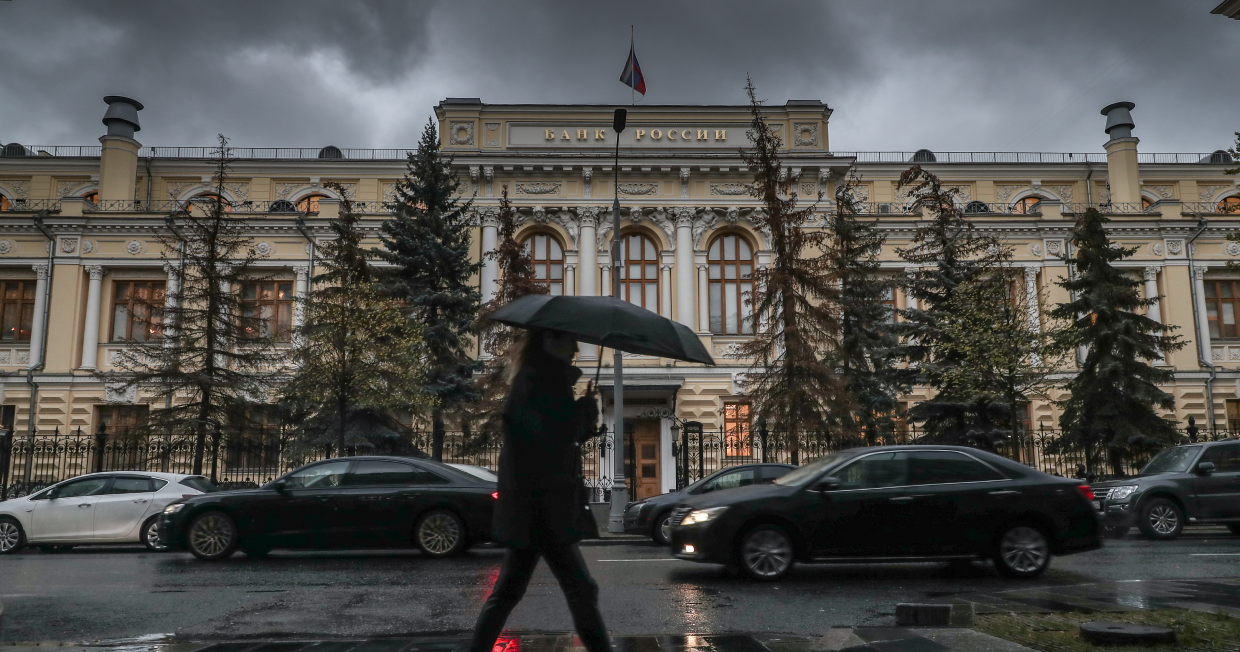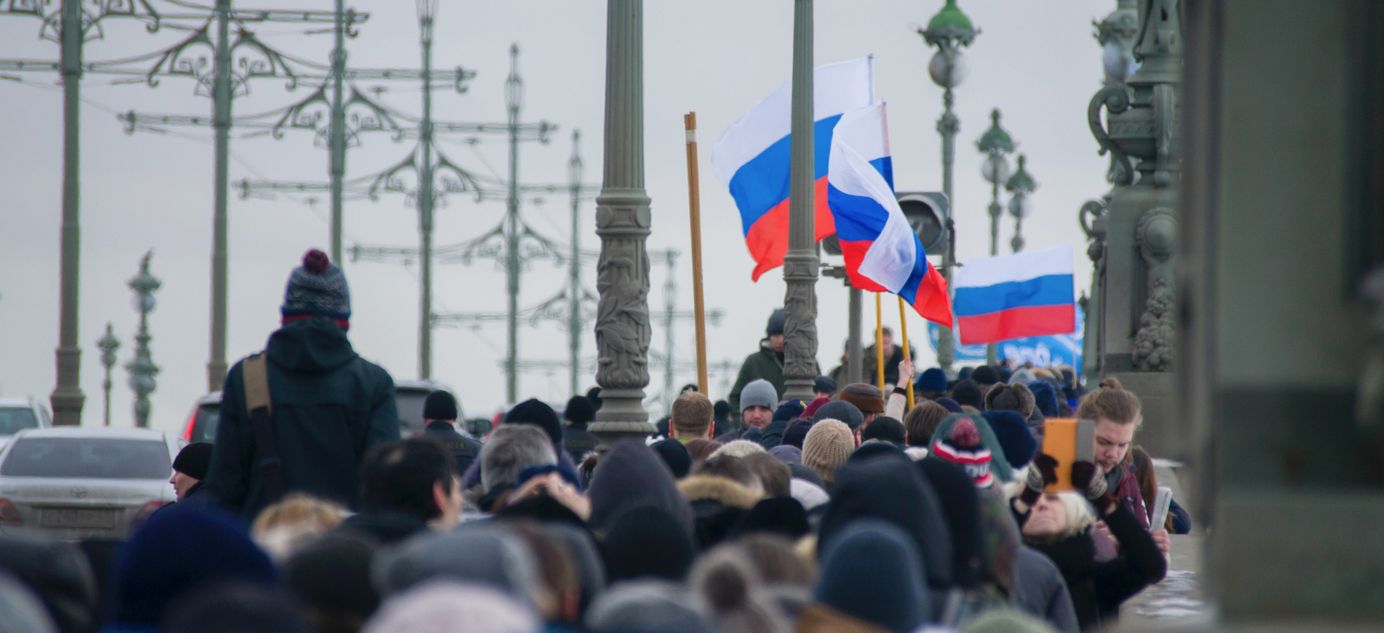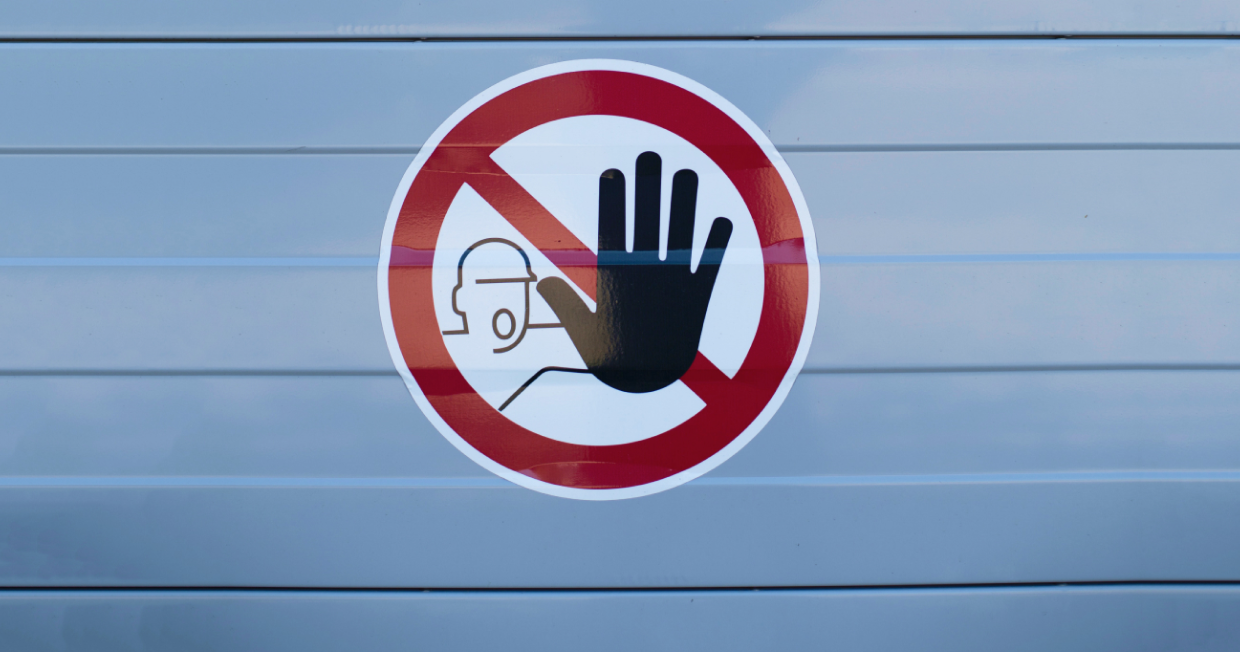
Russia officially moves to a war economy
Despite statements in Moscow and promises from President Vladimir Putin that mobilization will end soon, it will keep going for a long time. This week, Putin declared martial law in the occupied regions of Ukraine and placed Russia’s regions on heightened alert. This gives the authorities in those regions extensive rights to limit citizens’ rights and mobilize the economy. Unsurprisingly, the thousands of Russians who left the country after mobilization was declared on Sept. 21 are not rushing to return.

At the start of the week, Moscow Mayor Sergei Sobyanin announced the end of mobilization in the Russian capital. Moscow region Governor Andrei Borobyov followed suit, and the leaders of dozens of Russian regions have made similar statements. However, lawyers say that these proclamations offer no guarantee that mobilization is actually over. The mobilization that Putin announced can only be halted by the president himself. But when exactly that will be formally written into law remains unknown. Sources from the independent Meduza news website linked the abrupt end to mobilization in Moscow and the Moscow region with public dissatisfaction toward the authorities’ behavior.
However, calming the population in Russia’s big cities is clearly not the main task. Within just two days of the announcements that mobilization was over for Moscow and its surrounding region, Putin imposed martial law in the occupied territories of Ukraine that Russia says it has annexed. All other Russian regions are under various “response regimes.” In regions bordering the occupied territories, this is the “medium level.” In Russia’s Central Federal District, which includes Moscow, a “high-alert regime” is in force. The rest of the country is at the “basic” level, but they are also under an increased readiness.
What do these regimes mean?
The authorities in the regions bordering Ukraine now have the right to restrict entry and exit from their territories and limit movement within them. They can temporarily relocate residents to safer areas and have “the authority to lead mobilization measures in the economic sphere.” The authorities in central Russia have similar powers, but without economic mobilization or restrictions on movement. In every region, without exception, governors are setting up operational headquarters with the backing of the security agencies. This can make binding decisions on behalf of the regional executive. Separately, Prime Minister Mikhail Mishustin’s government formed a coordination center that will be responsible for quickly boosting military production and improving supplies to the Armed Forces, both of which can require businesses’ support.
Nominally, Putin’s orders on creating new bodies and alert regimes changes little. Martial law has effectively been in place for some time in the occupied territories. In Russia’s regions, local leaders already govern with an eye on security factors beyond their control. Right now, nobody is going to try to exercise the new powers provided by the “special regimes.” However, this order makes it theoretically possible to impose the most severe regimes in any or all Russian regions. Additionally, Putin’s decisions send a clear signal throughout the power vertical that the country’s governance is being put on a military footing.
Against this backdrop, there is no sign that the thousands of people who left Russia are hurrying home: there are almost no signs of packed flights into Moscow from abroad, and no sign of increased bookings for passengers with pets (many of those who left Russia took their animals with them, causing a surge of bookings after the start of the war in February and again when mobilization was announced in September).
Those who left automatically ceased to be consumers in the Russian economy. A significant majority also left the workforce. The first weeks of this new wave of emigration showed that remote working would not be an option for many, even if they had been able to work from home during the pandemic. For example, state banks have delivered an ultimatum to their staff that they must either return to Russia or quit their jobs: working remotely from abroad is expressly prohibited in their contracts, The Bell learned this week.
This emigration leads to a shortage of personnel, which in turn threatens to reduce GDP. According to economist Vladimir Gimpelson, mobilizing just 300,000 people represents a loss of about 0.5% of the entire workforce. Based on the conditional assumption that all employees make a roughly equal contribution to GDP, that could represent about 0.5% of Russia’s GDP. Emigration could significantly increase that figure.
Additionally, in the month after the mobilization announcement, Russians almost met a 14-year-old record for bank withdrawals. From Sep. 21 to Oct. 20, withdrawals totaled 959 billion rubles (in February 2022 it was 1.2 trillion). This makes a new rate hike more likely, which would also impact the pace of economic growth.
Why the world should care
It has been a long time since anybody doubted that the war, and the wartime economy, are here to stay. Now the Kremlin is beginning to make it official. During the winter, we expect to see how this ‘military footing’ will change the direction of the economy as the state begins intense preparations for the next stage of its war.



